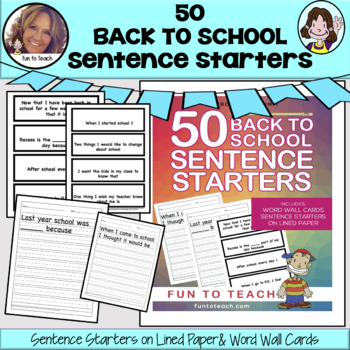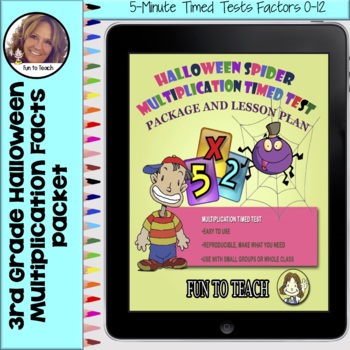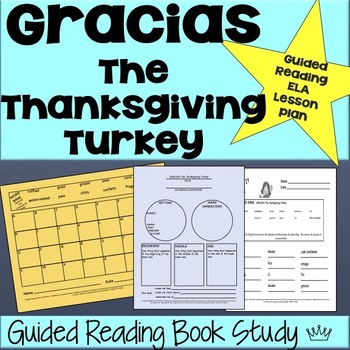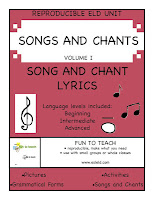Last month, on 21 and 22 October, the 25th Korea TESOL-PAC (Pan-Asian Language Consortium of Language Teaching Societies) International Conference was held, in Seoul, South Korea, at Sookmyung Women’s University.
The PAC is made up of
- English Teachers Association of the Republic of China (ETA-ROC)
- Far East English Language Teachers Association of Russia (FEELTA)
- Japan Association for Language Teaching (JALT)
- Korea TESOL (KOTESOL)
- Philippine Association for Language Teaching (PALT)
- Thailand TESOL (ThaiTESOL)
Details of all these affiliates can be found on the PAC website.
My first time at an annual KOTESOL international conference was nearly 20 years ago, in 1998, just after completing my doctoral studies and shortly after moving to live and work in Hong Kong. That year, the conference theme was “Advancing Our Profession: Perspectives on Teacher Development and Education,” and my paper was titled “What EFL Teachers Learn from Action Research.” Reflecting the changes that have taken place over the last two decades, this year, the conference theme was “Why Are We Here? Analog Learning in the Digital Era,” and my plenary presentation was titled “Confessions of an Online Instructor: Returning to the Classroom.” My plenary drew on and updated my 16 blog posts on the TESOL Blog about teaching and learning online, posted between August 2013 and March 2014.
One of the main points in my plenary was that, although online technologies have greatly enhanced our connectedness and enabled teaching and learning to move beyond the confines of the physical brick-and-mortar classroom, the full sensory engagement of real-time and face-to-face, in-person, and in-class interactions cannot be simulated, duplicated, or replaced by our current technologies. I believe, therefore, that there will always be an important place for the physical, brick-and-mortar classroom.

Representatives of the Asian Youth Forum, KOTESOL 2017 Opening Ceremony
Between 1998 and 2017, I have attended several annual KOTESOL international conferences, and it was a great pleasure to be back again, this time as a recent past president of the TESOL International Association, and as part of the TESOL’s Affiliate Speaker Request Program. In addition to the celebration of KOTESOL’s 25th anniversary, this year’s KOTESOL international conference was special because it included the 16th Asian Youth Forum (AYF), which is a non-profit, volunteer, international exchange program based in Japan. The AYF is part of the PAC consortium.
One of a number of professional publications produced by KOTESOL is The English Connection (TEC) and the Autumn 2017 special issue is focused on this year’s international conference, with interviews of many of the invited speakers and an article by the other plenary speaker, Nicky Hockly, titled ‘Technology and EFL: Is the Future Tense?’ (pp. 14–15). My contribution to the preconference issue of TEC is titled “Whatever Happened to Peace (Linguistics)?” (pp. 23–24), which highlights the emergence of this important and timely new field in applied linguistics, particularly after a year of especially fraught and deeply dividing politics in the United States, the United Kingdom, and elsewhere.

Conference Chair Sean O’Connor welcomes everyone to KOTESOL 2017
The KOTESOL president, Lindsay Herron, who gave an energetic and enthusiastic welcome, and the conference co-chairs Sean O’Connor and Kathleen Kelley and their teams—which were made up of around 40 volunteers!—did a great job of creating a memorable, worthwhile, and highly enjoyable international conference, worthy of a silver anniversary event. My congratulations to all of the 2017 conference organizing committee members, and I wish KOTESOL all the best for its next 25 years.
from TESOL Blog http://blog.tesol.org/tesol-supports-the-25th-korea-tesol-pac-conference/
















 I have also met with more than two dozen colleague organizations dedicated to supporting education and language learning, including the
I have also met with more than two dozen colleague organizations dedicated to supporting education and language learning, including the  I have attended a number of TESOL events, including the Research Symposium, which we held in partnership with
I have attended a number of TESOL events, including the Research Symposium, which we held in partnership with  Finally, though I have yet to experience my first
Finally, though I have yet to experience my first 


